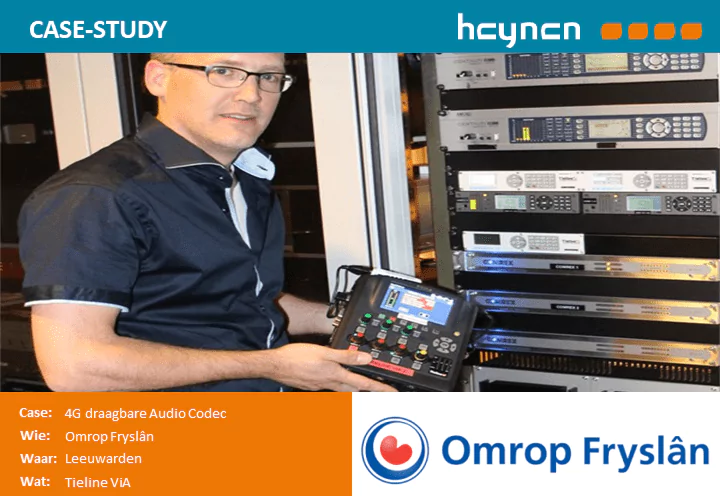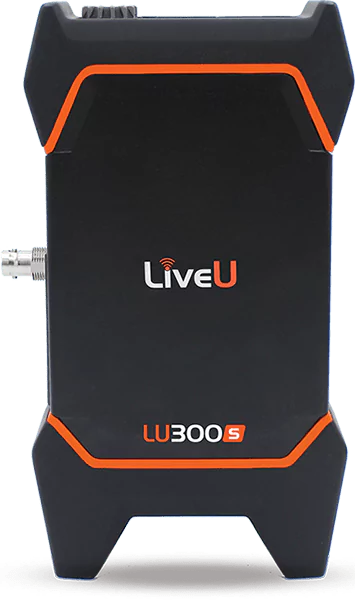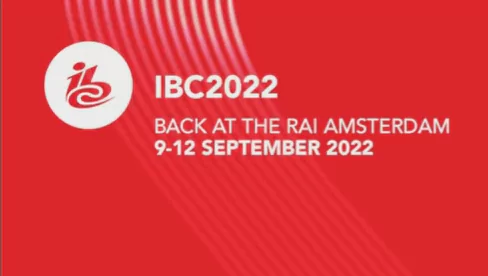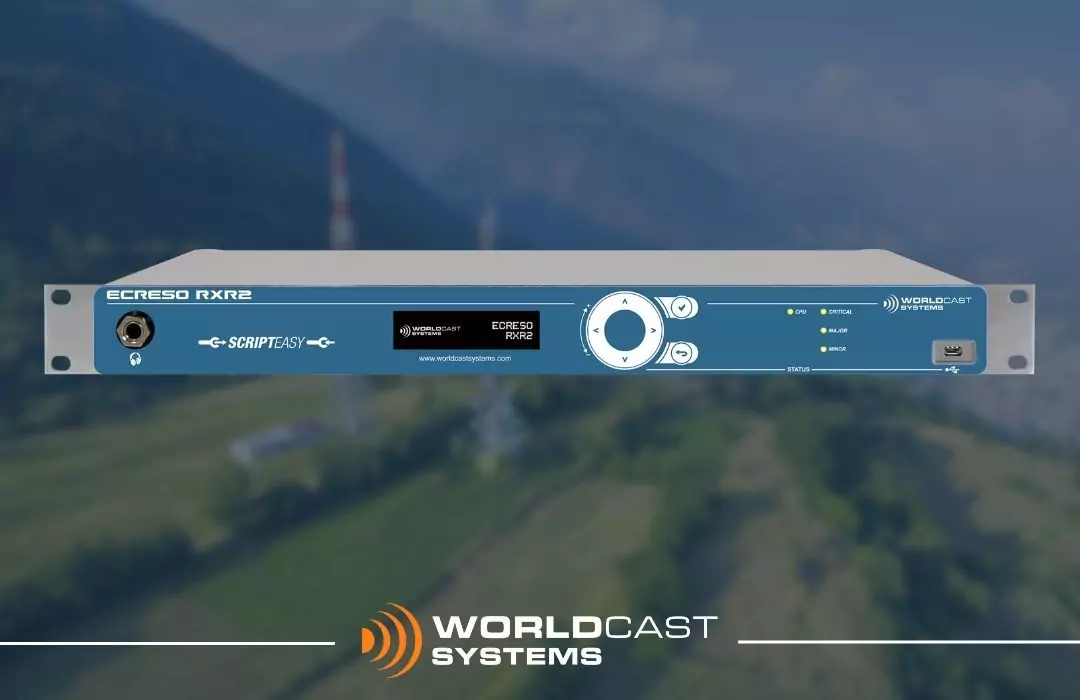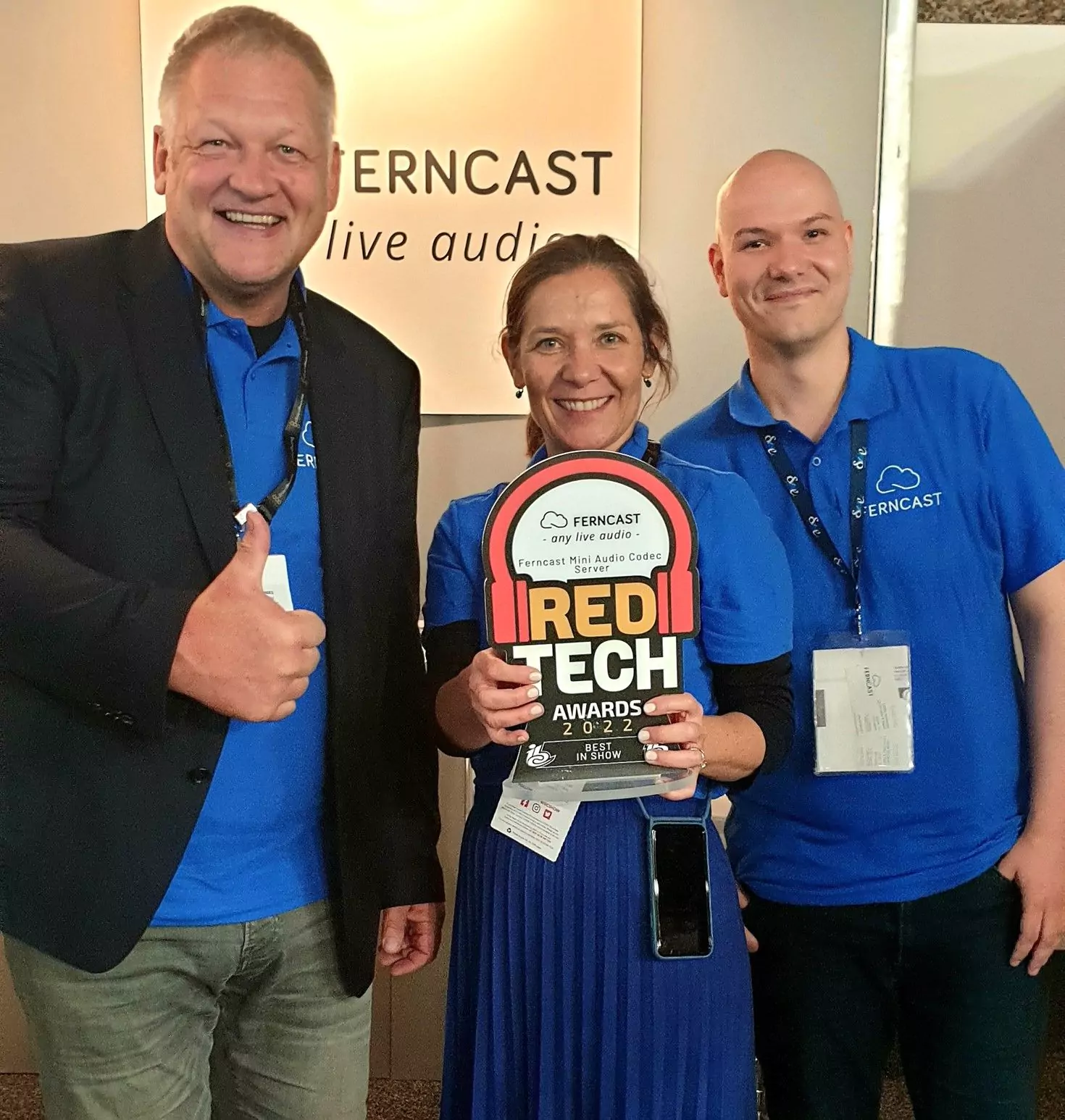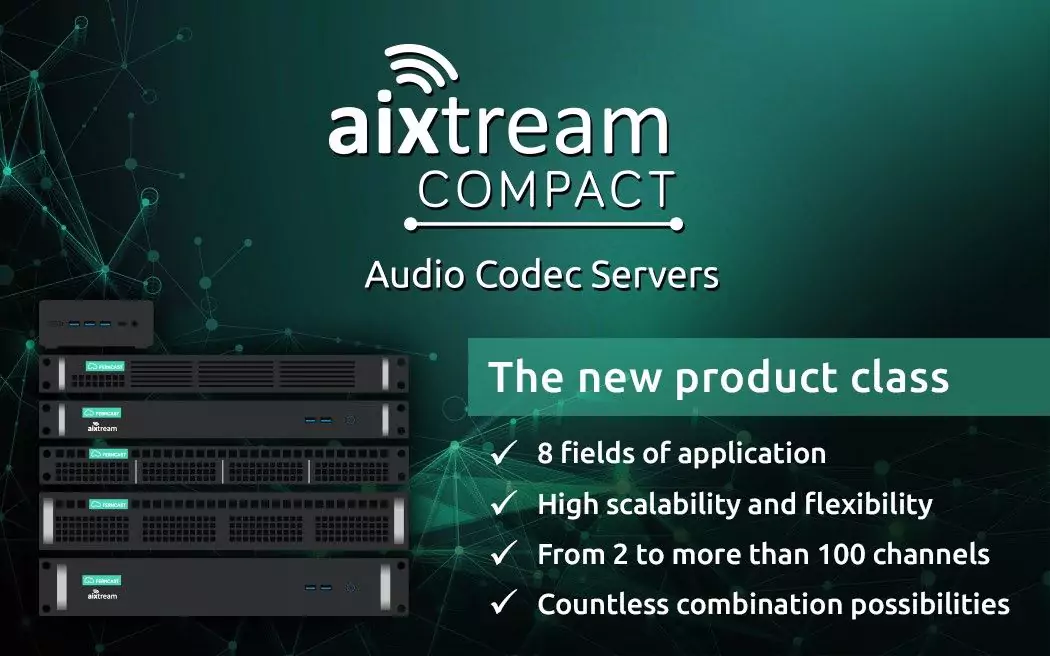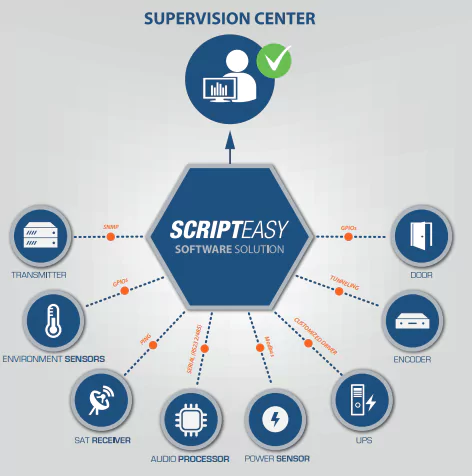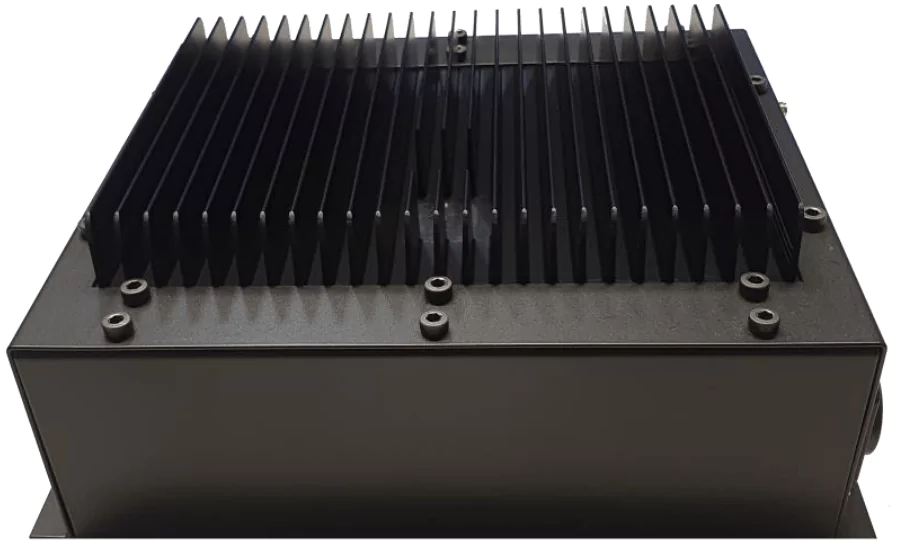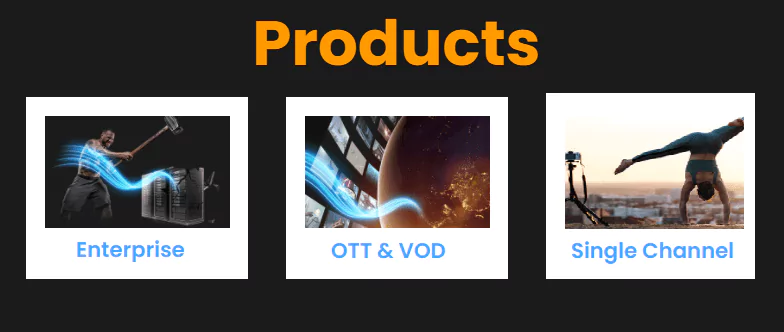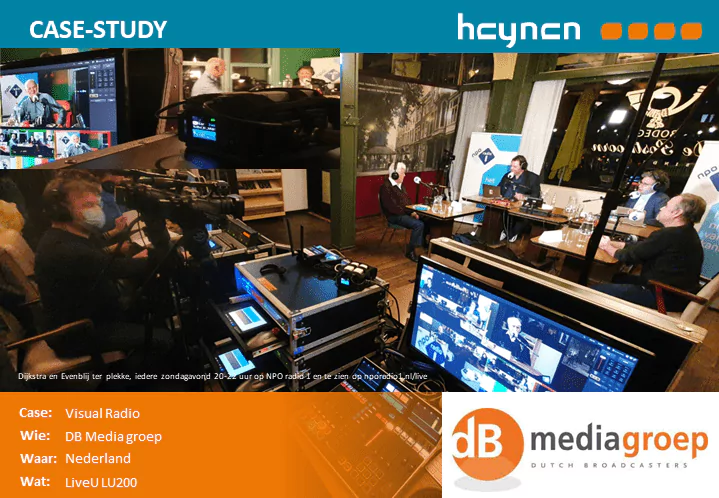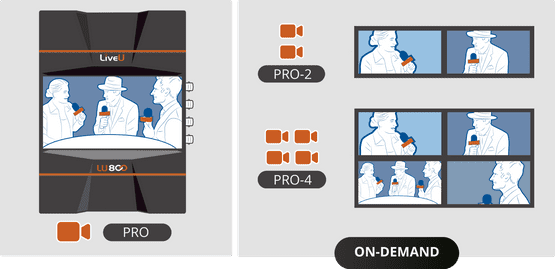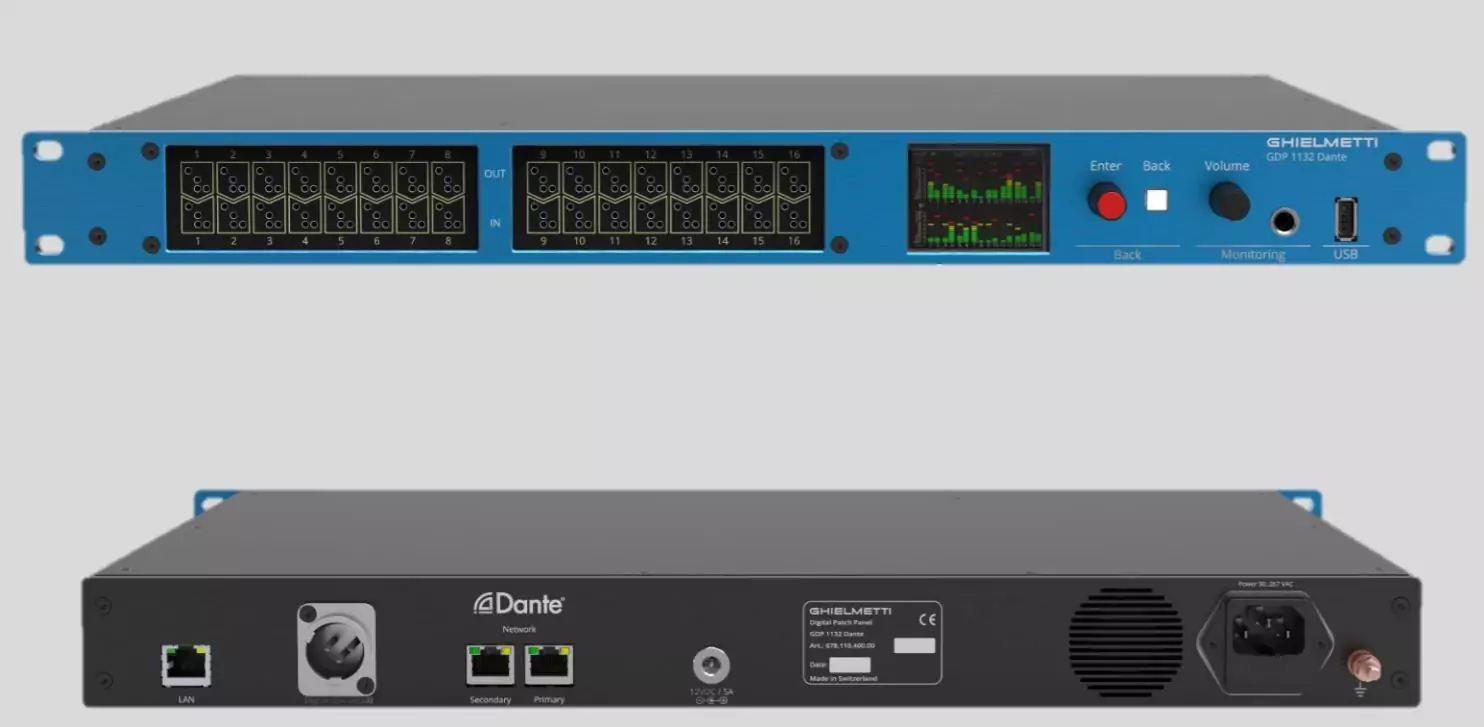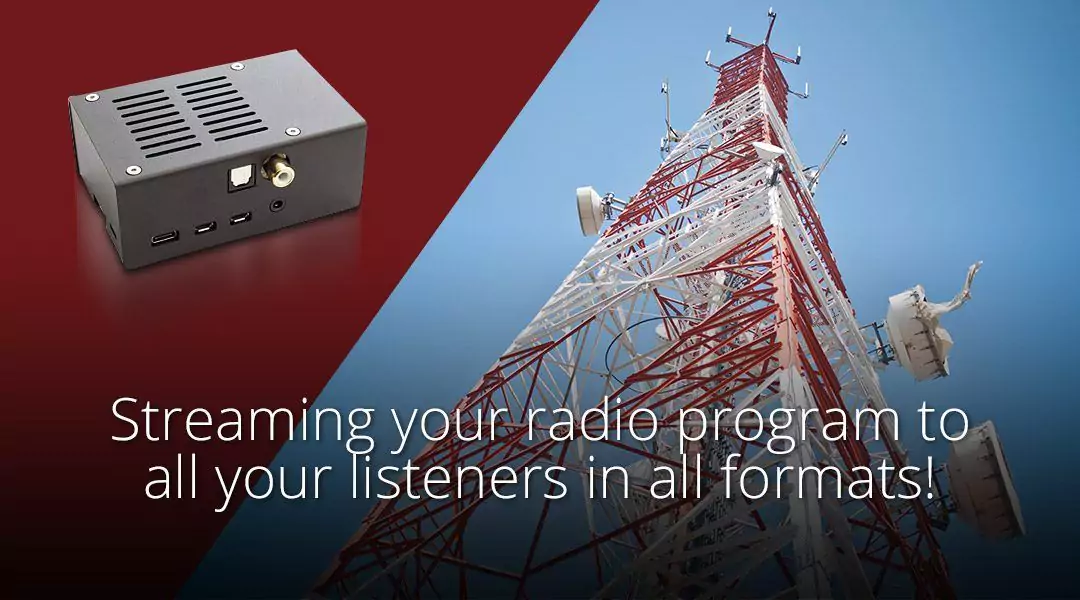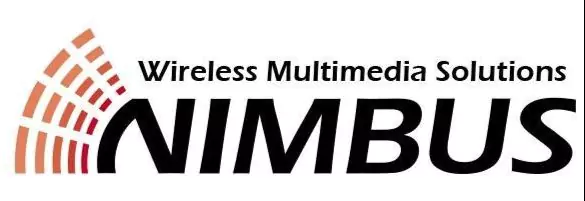Artel's lessons learned Part 4: Ensuring Interoperability

If you’ve been following along at home, you know that the first three blogs in this “lessons learned” series dig into the benefits of PTP-aware switches in an IP environment, correct handing of Precision Time Protocol (PTP) data to ensure proper timing and synchronization in IP-based media workflows, and the actual movement of video, audio, data, control, monitoring, intercom, and other signals over the IP network. We shift gears just a bit with this blog to look more closely at interoperability — or, making sure everything works!
IP Is Different
Much of the broadcast industry comes from a world in which you can be confident that once you connect a cable, media or data will begin to flow through it. You don’t need to worry about it. IP is different. While it introduces all kinds of power and flexibility, IP also has many more knobs that need turning to get all connected devices speaking the same language and working smoothly together. Incorrect settings or incompatible implementations of different broadcast standards can lead to little issues that turn into larger problems and even failure. This is why ensuring interoperability is among our key lessons learned.
Staging Your IP Solution
Taking the time to test a new IP deployment does take time and resources, but failure to do so can wind up being even more costly. Simply looking at a spec sheet isn’t going to tell you how one product will behave as an endpoint on the network. It’s not until you put devices onto the network in a dynamic setting and assess how they respond to different messages that you can start to identify any bugs that might compromise performance.
For a greenfield build, you might have the option of setting up and testing systems in place, but for migration to IP at an existing facility, you likely won’t have that luxury. If money is no object, you can set up your own interop lab and ship everything there for testing, then ship it all to the facility for installation and commissioning.
A more economical approach is to work with your vendors or integrator to perform interoperability testing in a staging environment, prior to taking the IP environment live. With this approach, you give yourself time to “soak” the network, adjust it, and exercise the solution extensively before putting it to work for live day-to-day operations. You can also take advantage of your vendors’ experience and expertise in specifying and supporting IP solutions for media delivery.
Get Vendor Support
In fact, as you go to select systems for your IP migration, it’s worth examining different vendors’ history of ensuring interoperability with other leading technologies and products. Do they have a history of working with other vendors and with standards bodies to make sure their products reflect a best practices approach? Are they active in alliances or associations that promote standards- and protocol-based interoperability and the industry’s progress in implementing IP-based infrastructure and media workflows?
Working with the right partners and products, you can reduce the time and effort required to perform robust interoperability testing — and to prevent any unpleasant surprises once you take your new systems live.




























